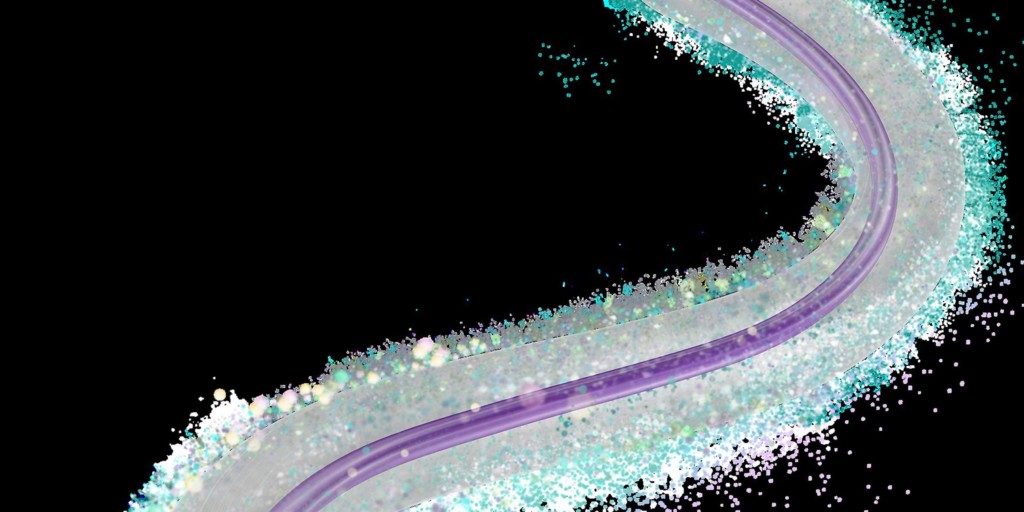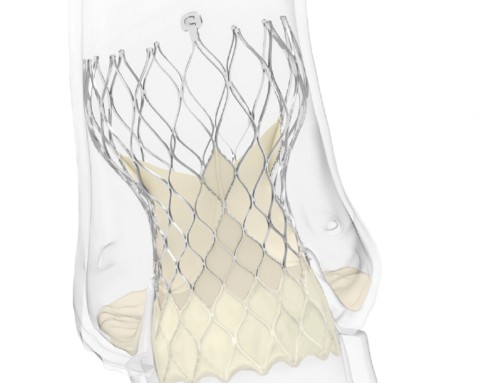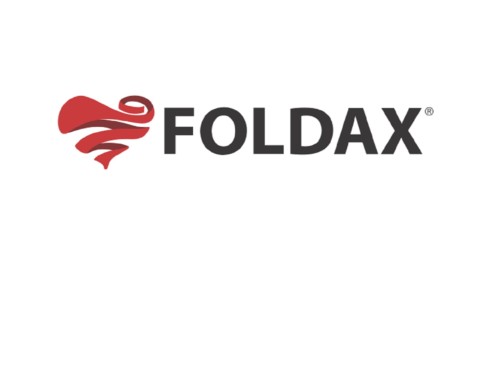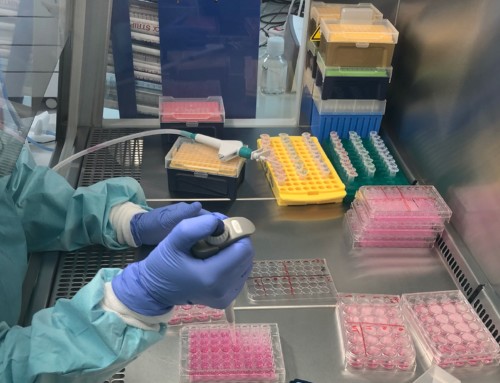
The IN.PACT AV access clinical study, which is evaluating the investigational IN.PACT AV drug-coated balloon for the management of patients with de novo or non-stented restenotic arteriovenous (AV) fistulae lesions, has met its primary safety and effectiveness endpoints. Data from the trial were presented today at the Cardiovascular and Interventional Radiology Society of Europe (CIRSE) annual meeting (7–11 September, Barcelona, Spain).
The IN.PACT AV Access study is a randomised controlled trial, which has enrolled 330 patients at 29 sites in the USA, Japan, and New Zealand. The primary effectiveness endpoint was defined as freedom from clinically-driven target lesion revascularisation or access circuit thrombosis measured through six months’ post-procedure; and, the primary safety endpoint was defined as the serious adverse event rate involving the AV access circuit through 30-days’ post-procedure. Additional endpoints include but are not limited to: access circuit primary patency, cumulative target lesion revascularisations, and number of interventions required to maintain target lesion patency.
The study enrolled a challenging patient population who had been undergoing dialysis for an average percutaneous transluminal angioplasty control group. Key data highlights include:
- Per Kaplan-Meier estimates, the primary patency rate of the target lesion at 180 days was 86.1% in the IN.PACT AV drug-coated balloon group compared to 68.9% in the control group (p<0.001).
- Per Kaplan-Meier estimates, the primary patency rate of the target lesion at 210 days was 81.4% in the IN.PACT AV drug-coated group compared to 59% in the percutaneous transluminal angiolasty control group (p<0.001).
- Patients in the IN.PACT AV drug-coated balloon group required 56% fewer reinterventions to maintain target lesion patency through 210 days compared to those in the control group.
- A low rate of access circuit-related serious adverse events, with 4.2% in the IN.PACT AV DCB study group compared to 4.4% in the control group through 30 days.
Additionally, the Kaplan-Meier estimated freedom from all-cause death through 360 days was 90.6% in the IN.PACT AV drug-coated study group and 90.4% in the control group. This data adds to the initial safety data presented at FDA Advisory Committee meeting of the Circulatory System Devices Panel in June, showing no difference in mortality rates in this patient population.
Andrew Holden (Auckland Hospital, Auckland, New Zealand) comments: “Maintaining patency and limiting the frequency of reinterventions needed to keep AV access sites functioning properly remain significant treatment challenges for physicians treating AV fistulae lesions. These results demonstrate the promise of IN.PACT AV drug-coated balloon to not only address these critical issues, but to potentially improve the quality of life of patients undergoing dialysis.”
In the USA, IN.PACT AV drug-coated balloon is an investigational device and not yet approved for commercial use. However, in January 2016, the CE indication for the IN.PACT Admiral drug-coated balloon was expanded for the treatment of failing arteriovenous access in patients with end-stage renal disease undergoing dialysis.





